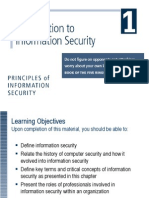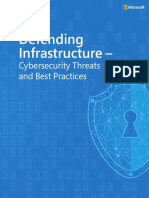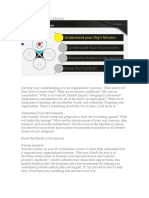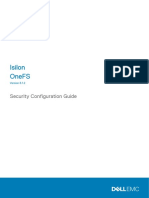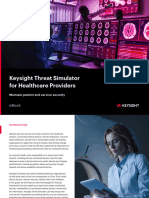0% found this document useful (0 votes)
71 views12 pagesPhishing Analysis
The document outlines a comprehensive methodology for analyzing phishing emails, including steps such as examining headers, sender analysis, and email authentication methods like SPF, DKIM, and DMARC. It emphasizes the importance of content analysis, URL inspection, and attachment analysis, including sandboxing techniques for safe execution. By utilizing both manual and automated tools, users can effectively identify phishing attempts and enhance their security posture.
Uploaded by
purifiedsoulytCopyright
© © All Rights Reserved
We take content rights seriously. If you suspect this is your content, claim it here.
Available Formats
Download as PDF, TXT or read online on Scribd
0% found this document useful (0 votes)
71 views12 pagesPhishing Analysis
The document outlines a comprehensive methodology for analyzing phishing emails, including steps such as examining headers, sender analysis, and email authentication methods like SPF, DKIM, and DMARC. It emphasizes the importance of content analysis, URL inspection, and attachment analysis, including sandboxing techniques for safe execution. By utilizing both manual and automated tools, users can effectively identify phishing attempts and enhance their security posture.
Uploaded by
purifiedsoulytCopyright
© © All Rights Reserved
We take content rights seriously. If you suspect this is your content, claim it here.
Available Formats
Download as PDF, TXT or read online on Scribd
/ 12













